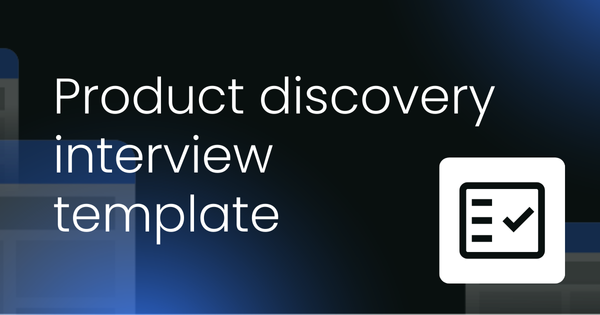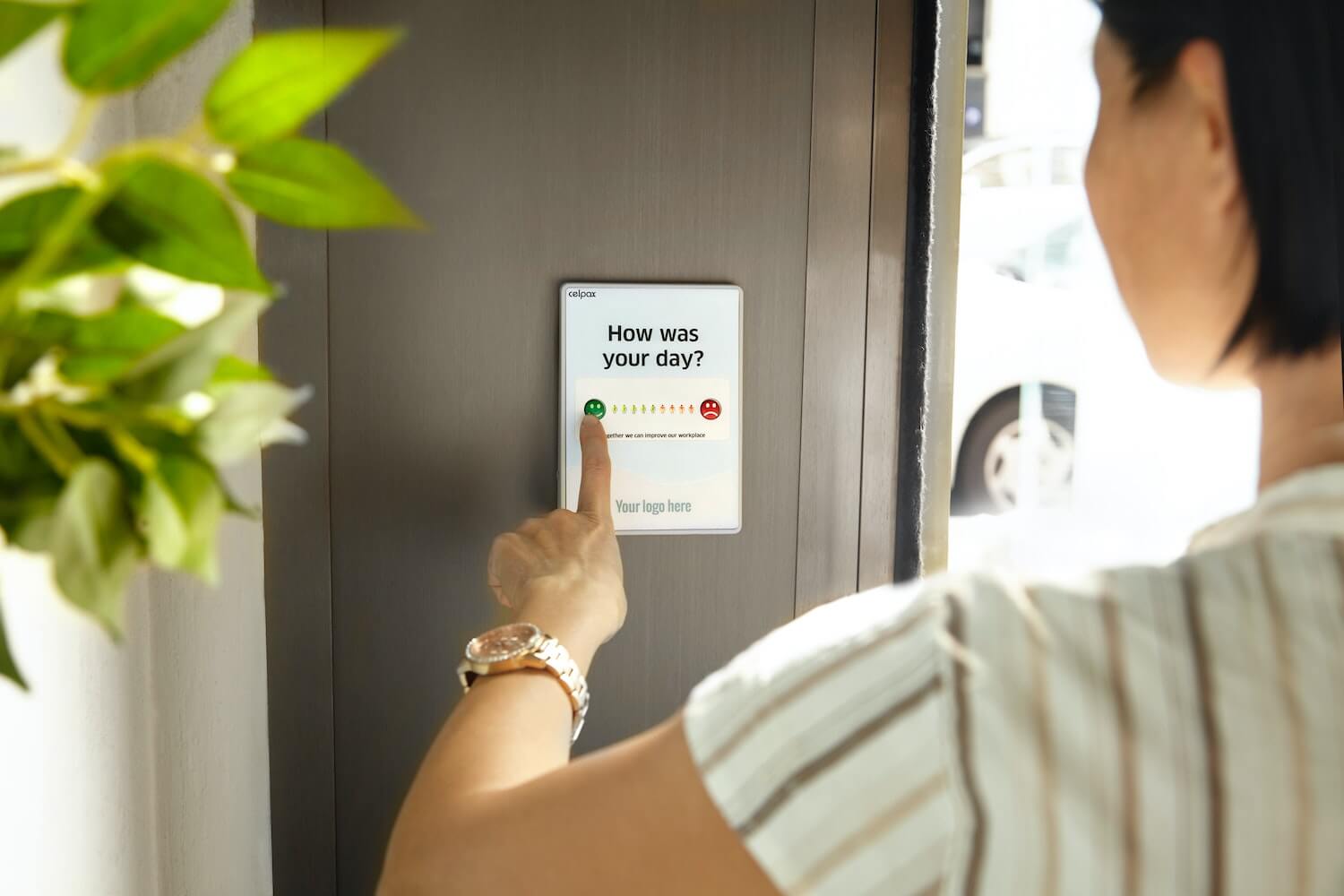What does a product manager do exactly? I pondered this question when I first started working in product around 10 years ago. Engineers develop and maintain the solution, designers design the platform, and marketers well, market the product.
So what is the role of Product? The usual answer, I’m told, is that product managers (PMs) are the ones who help prioritize the backlog and decide what designers and engineers get to work on.
So what makes the product manager an expert in prioritization? What unique data point or expertise do they have that a designer, an engineer or a marketer doesn’t?
The unique expertise, in my opinion, is to deeply understand literally everything about the target market - the customer’s psychology, their motivation, their systems, their experience using your product to accomplish critical outcomes, the market, the competition and any related trends be it business, legal or technology related. This will help the PM influence and make strategic decisions as well as tactical, day-to-day decisions to inform the direction, delivery and go-to-market of product features and direction.
While both competitors and trends are important to make sure the business can swim better in its target market, knowing your end user base is critical in a PM’s journey to be the voice of the customer.
The way to get to know everyone about your target market and build a second brain about them is continuous discovery.

What is continuous customer discovery?
Continuous customer discovery is a key concept in product management, and one that I have found to be absolutely essential in my own work. Put simply, continuous customer discovery is the process of constantly learning about your target market, your end users’ experience with your product, and their experience evaluating other vendors. Then use that knowledge to test strategic hypotheses and inform the direction and delivery of your product.
This means talking to customers, analyzing data, and staying on top of market trends and competitive pressures. By doing so, you can stay one step ahead of the curve, anticipate customer needs and preferences, and make sure that your product is always meeting the needs of your target market.
It is this process that has helped me take three products from idea to multi-million dollar SaaS ventures in the B2B and B2G space. When faced with ambiguity on where product value lies in your bid to find product-market fit, customer intel, qualitative and quantitative, is your best friend. A continuous discovery process helps you get this intel at scale.
Establishing a continuous discovery pipeline
Choose a source of truth for all your insights
Capturing and organizing all of your customer discovery insights is crucial for any product manager and leader. Without a centralized location to store your findings, it can be difficult to keep track of everything you've learned about your target market. This can lead to missed opportunities and a lack of direction in your product strategy. That's why it's important to find a tool to capture and organize all your discovery insights in one place.
Tools to capture discovery insights
Tools like Productboard, Aha, or Zeda allow you to collect and categorize feedback from different sources like customer interviews, surveys, emails and video recordings. You can organize these insights based on the name and account of the customer, their segment, the revenue they bring in, their NPS score, their role, and more. These tools can also help you prioritize your feature backlog based on what you've learned from your research, ensuring that you're always building features that meet your customers' needs.
You can easily share insights and research findings with your team members, ensuring that everyone is on the same page when it comes to your product strategy. This can help you avoid misunderstandings and ensure that everyone is working towards the same goals.
Tools to capture market insights (competition, relevant articles, market research papers etc.)
Your company’s internal knowledge base should suffice here. I have folders organized within the product section of my company’s knowledge base for competitors, market insights, partner insights, etc., to capture and store the respective relevant information in chronological order. Any time I hear an interesting tidbit that’s relevant to any of the above sections, I make it a point to add them to the respective folders.
Capture User Insights Asynchronously
The best-case, scenario is when your customers are your biggest advocates.
The second best scenario is when you can diligently learn why your customers aren’t your biggest advocates.
As a product leader, you want to make it as easy as possible for your end users to give you feedback. This means having systems in place that can give you feedback from all of the channels your end users prefer without them needing to talk to a real human. Meet them where they’re at, and if you do a good job at this, you’ll be seeing a plethora of customer intel flow through without a lot of manual effort. This is a high-leveraged activity that’ll reap you dividends in the medium term as you scale.
Here’s some ideas from what I’ve worked on in the past:
- Feature request form
- A roadmap portal where users can vote on what features they want
- Customer support portal where users can share where they’re stuck, either due to a UX issue, a knowledge gap on how the product functions, or a bug
- Product NPS forms with custom fields to enquire where the product isn’t adding value
- Automated surveys enquiring why a customer has churned
- Enabling customers and prospects to reply to any marketing newsletters
- Listening to social media comments on your company’s marketing posts for any useful intel
All of the channels should flow into your centralized discovery insight tool of choice.

Talk to customers weekly
You cannot ever shy away from getting into the trenches and talking to your end users. This is a muscle that you have to keep flexing to keep it strong. Hearing what your end users have to say about your product, about any hypothesis you may have on a new initiative’s value, their perspectives about a competitor to a complimentary vendor they’ve evaluated, or why they chose to cancel your subscription is paramount.
Various product managers and designers should be constantly testing hypotheses and executing against the company’s vision. My team’s objective is to conduct at least 4 hours of discovery calls each week in a bid to continuously test key hypotheses, learn about customer pain points and see how the product can be improved.
By forming good working relationships with customer-facing teams like sales, support, and renewals, they can also help schedule time with the product team and a customer they’ve heard an interesting anecdote, insight, or objection from that you’d like to dog into.
Talking to customers isn’t useful if none of the key conversations are captured, logged, analyzed, and used now and in the future. Tools like Grain can record all of your conversations with customers and highlight key insights automatically, in addition to allowing you to log your own notes mapped on a timestamp.
Spend time each week not just talking to customers and capturing important notes but also synchronizing them with your customer insight source of truth. You want your source of truth to be your second brain, so you can focus your time analyzing and making decisions from discovery insights and less time recollecting what a customer said.
Capture insights from other departments
In addition to talking to people, which is obviously wonderful, you also want to take advantage of the growing brain trust your organization has with respect to the customer and the market. After all, the sales team is talking to prospects every day, the renewals team is trying to manage customer relationships and prevent churn or maximize expansion opportunities, the support team is privy to the different issues customers have, and marketing can tell you what kinds of messaging and value propositions attracts prospects to your site more.
All of these departments are sources for gathering key insights about the market. Establish these rituals:
- Meet with each department stakeholder regularly: In my current startup, for example, I meet with representatives of the sales, customer success, and marketing team each week. I try to understand if there are any insights they’ve gleaned that could indicate a gap in the product or an opportunity for product to pursue in a way that aligns with the department’s business objectives. These insights should, with discipline, be stored in your central insight repository of choice
- Listen in on communication channels: There’s bound to be a common “town square” that your company is using, be it Slack, Teams, or Discord. Listen on key public channels like your marketing channel or sales channel for any interesting insight, and make a ritual out of logging these insists into your source of truth. Forming key relationships with stakeholders is important here so that when they do share interesting anecdotes or discernments, they can make sure to tag you. Most discovery insights tools have integrations with communications tools like Slack, making it literally a two-click process to capture and associate insights with the relevant features.
- Connect tools with your central insight source of truth: People from other departments are also logging their interactions into third-party tools, be it their CRM like Salesforce, support tools like Zendesk, and Customer Success tools like Vitaly. By synchronizing these notes with your discovery source of truth, you make it easier to navigate interactions.
From identifying and utilizing departments’ customer knowledge, you can gather a wide range of customer feedback and insights. This can help you make informed decisions about your product and ensure that you're always meeting the needs of your target market.
Ritualize going over what you learn every week
Establishing a weekly ritual of going over all of the customer discovery insights gained through the various channels described above is crucial for any product manager and leader. By doing so, you can ensure that all team members are up-to-date on the latest customer feedback and insights, which can inform and influence product strategy and decision-making. This ritual also allows for the identification of any trends or patterns that emerge from the data over time, which can be used to shape future product development and marketing efforts.
This ritual also allows for the identification of any trends or patterns that emerge from the data over time, which can be used to shape future product development and marketing efforts.
Finally, this practice reinforces the importance of continuous customer discovery and helps to keep the customer at the forefront of all decision-making processes. By prioritizing this weekly ritual, product leaders can ensure that they are always making informed decisions based on customer needs and feedback rather than relying solely on assumptions or past experiences.
In closing
As a product manager, it is your responsibility to deeply understand your target market and build a second brain about them. By establishing a continuous discovery pipeline, you can capture and organize all of your customer and market insights in one place, talk to customers weekly, capture insights from other departments, and ritualize going over what you learn every week. By doing so, you can stay one step ahead of the curve, anticipate customer needs and preferences, and make sure that your product is always meeting the needs of your target market.
Continuous customer discovery is a key concept in product management and one that can help accelerate your journey toward product-market fit. By prioritizing customer feedback and insights, you can ensure that your product is always meeting the needs of your target market and that you are always making informed decisions based on customer needs and feedback.
So make sure to prioritize continuous discovery in your product strategy, and you'll be on your way to success in no time.



 Follow us on LinkedIn
Follow us on LinkedIn





